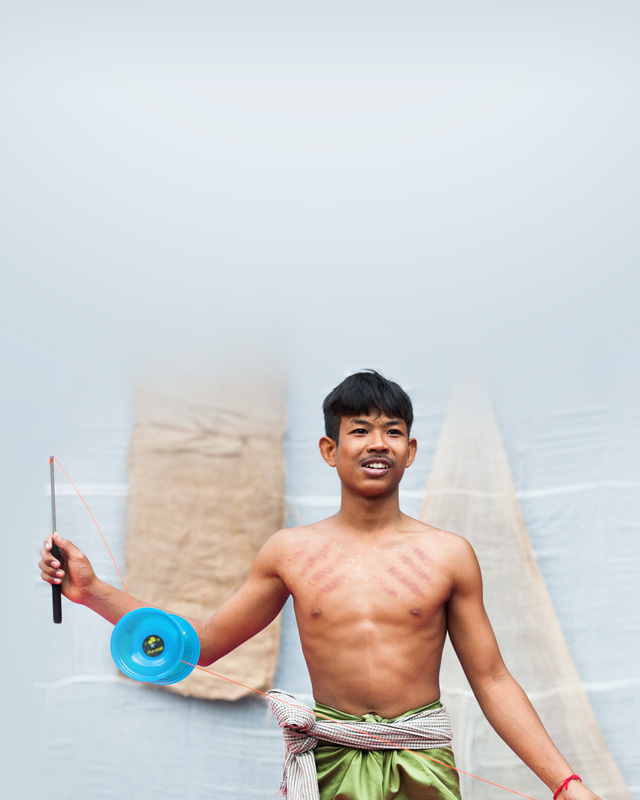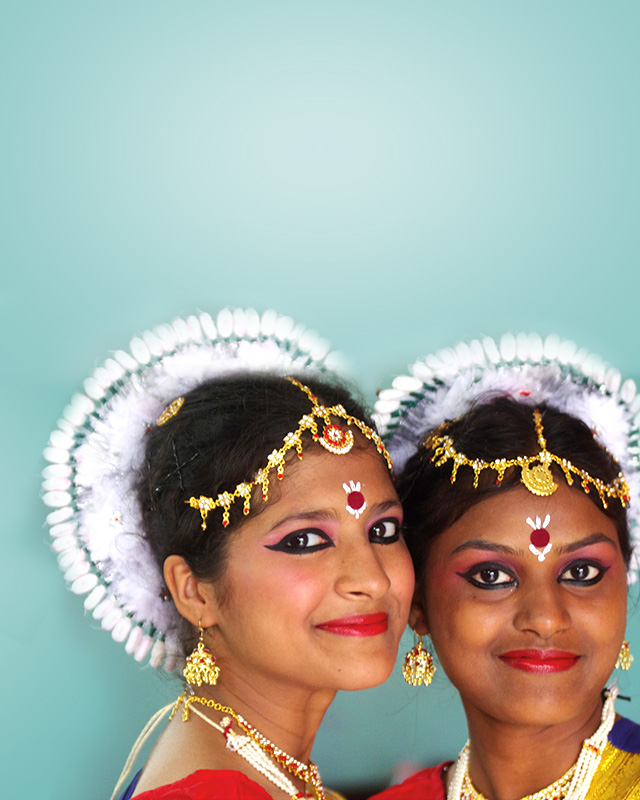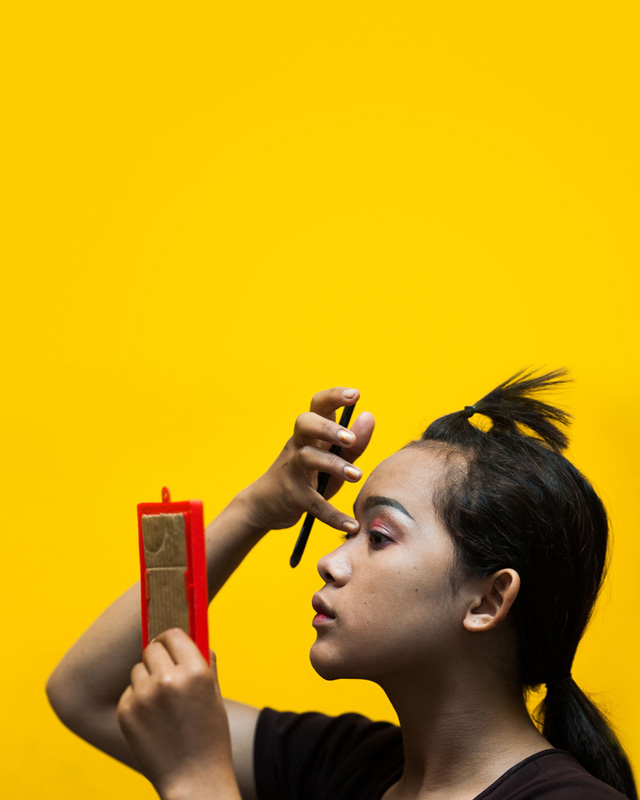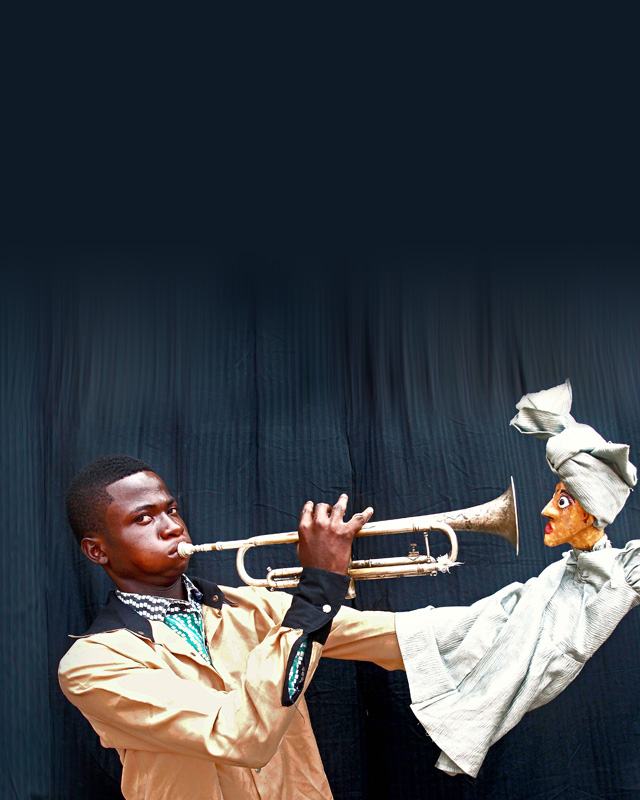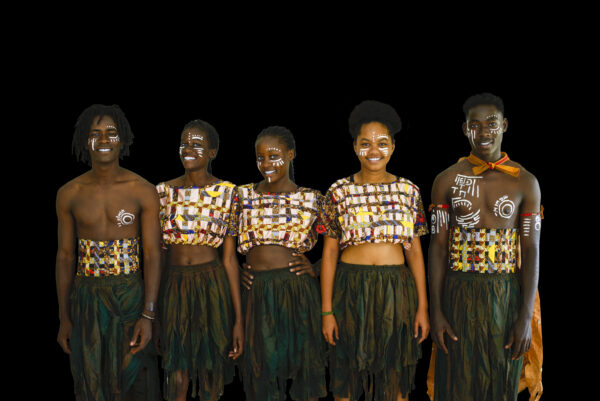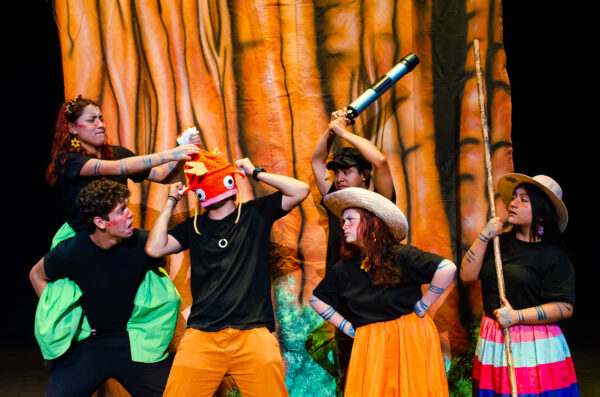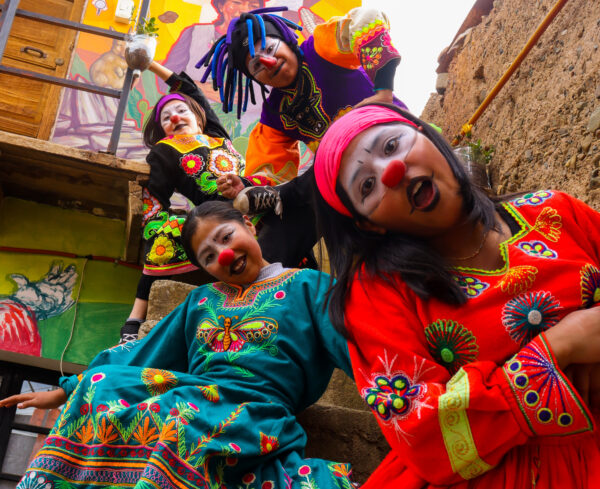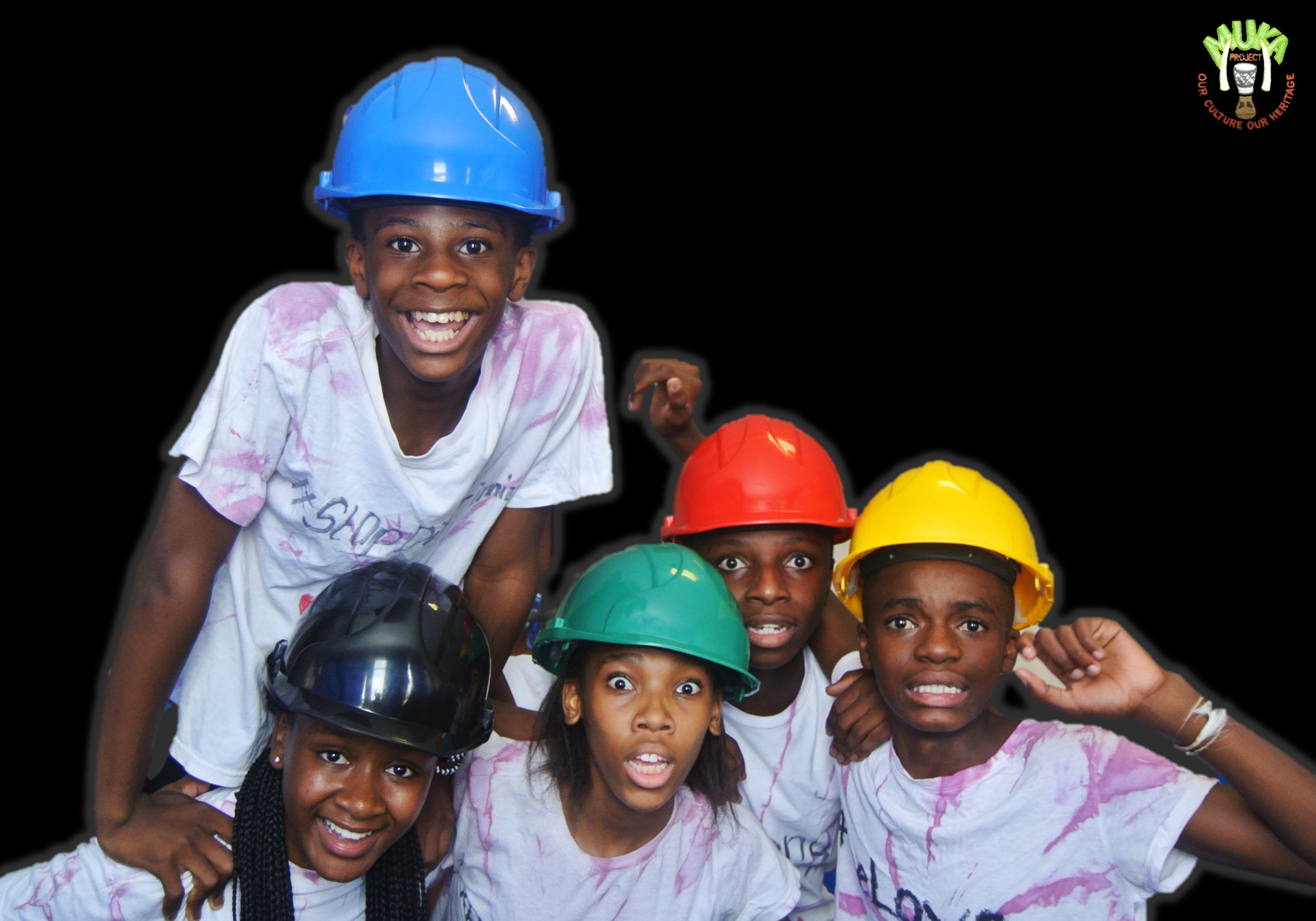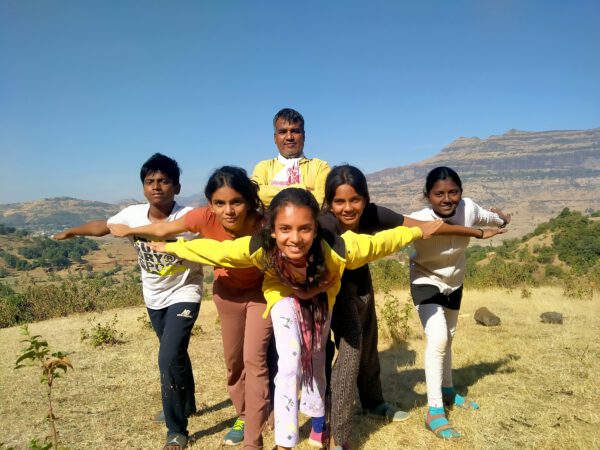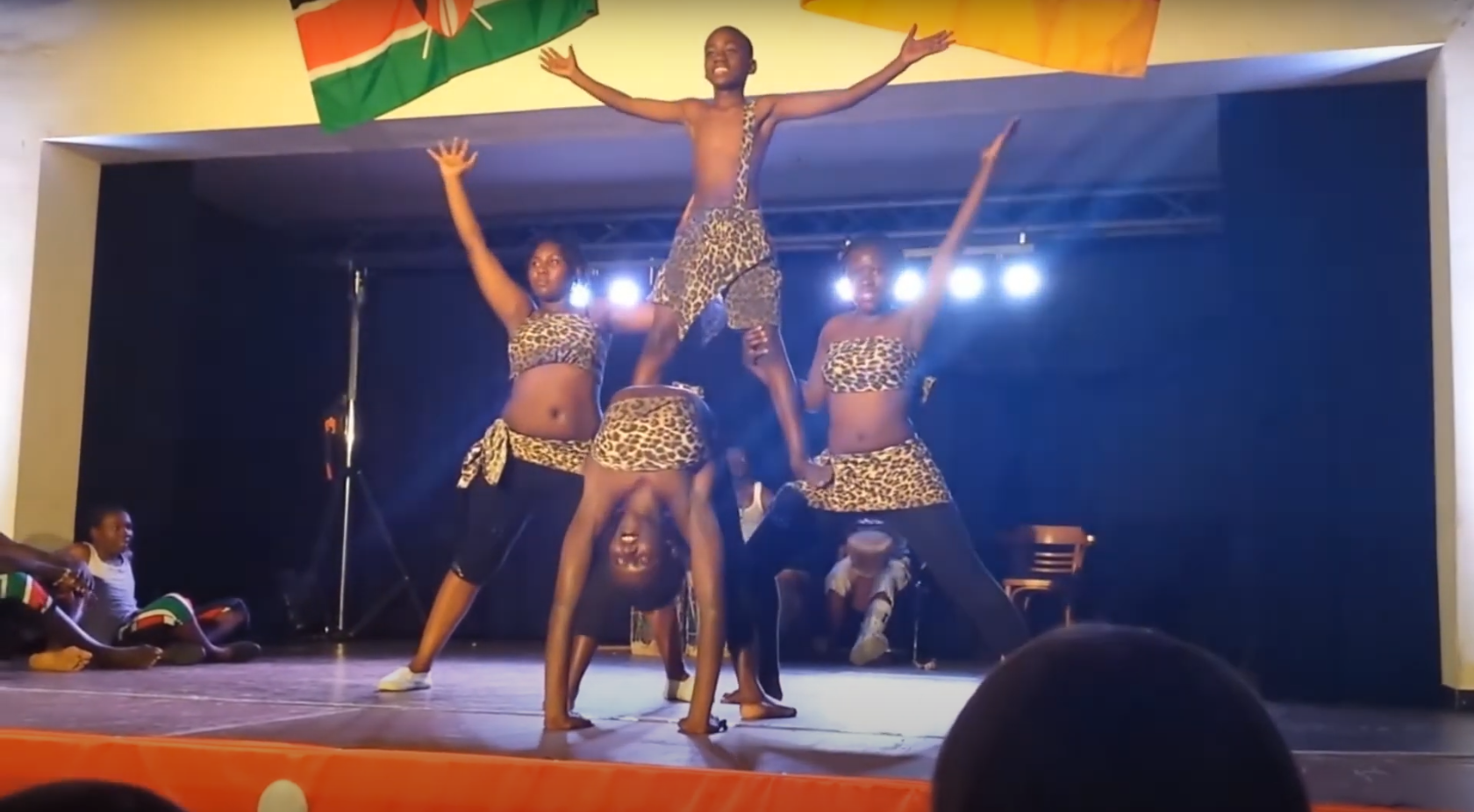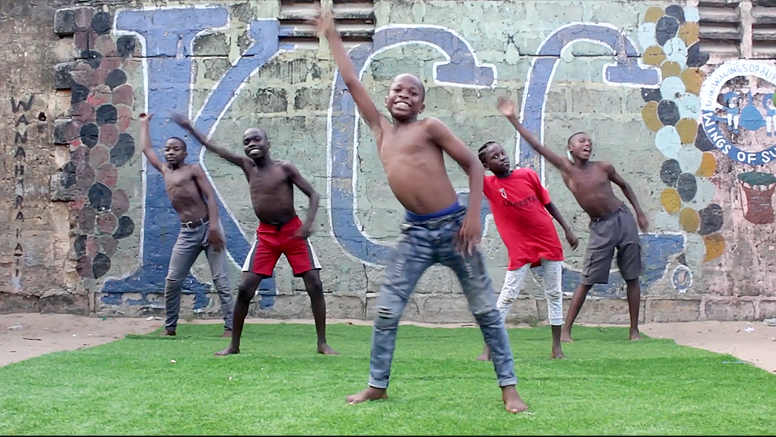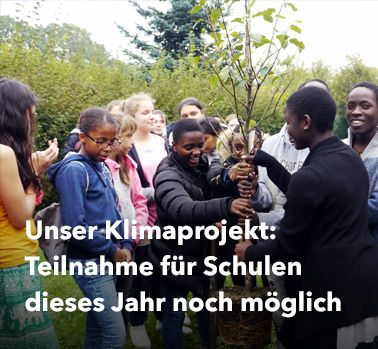Gruppen 2024
Videos
Termine
|
25.05.2024 |
ENAE in Radebeul
Kulturbahnhof Radebeul |
|
31.05.2024 |
Sosolya in Hamburg
Stadtteilschule Rissen Hamburg |
|
09.06.2024 |
Sosolya in Schleswig-Holstein
Marktplatz Heide Schleswig-Holstein |
|
11.06.2024 |
ENAE in Wilhelmsburg
Bürgerhaus Wilhelmsburg Wilhelmsburg |
News
- Werde Tourbegleiter:in der KinderKulturKarawane
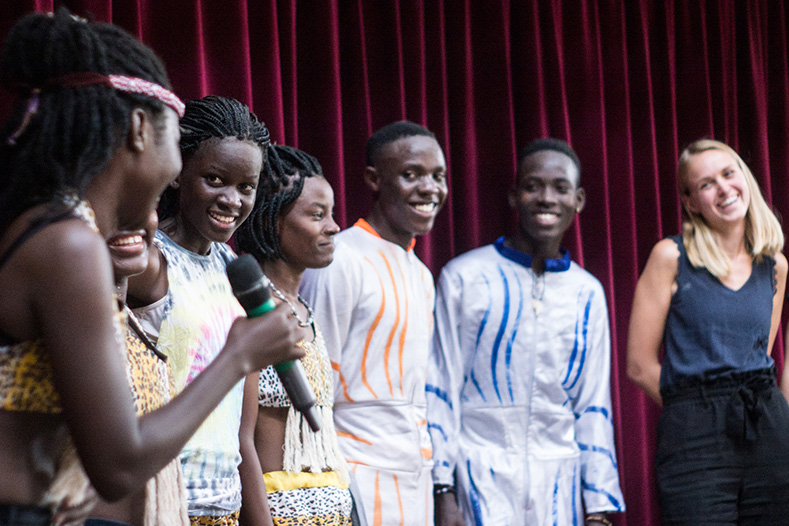 Für Studierende: Genug vom Lernen in der Bib und theoretischem Studienstoff? Lust auf kulturelle, fremdsprachliche und soziale Praxis? Wie wäre … Weiterlesen: Werde Tourbegleiter:in der KinderKulturKarawane
Für Studierende: Genug vom Lernen in der Bib und theoretischem Studienstoff? Lust auf kulturelle, fremdsprachliche und soziale Praxis? Wie wäre … Weiterlesen: Werde Tourbegleiter:in der KinderKulturKarawane - Das Finale 2023 und Ausblick auf 2024
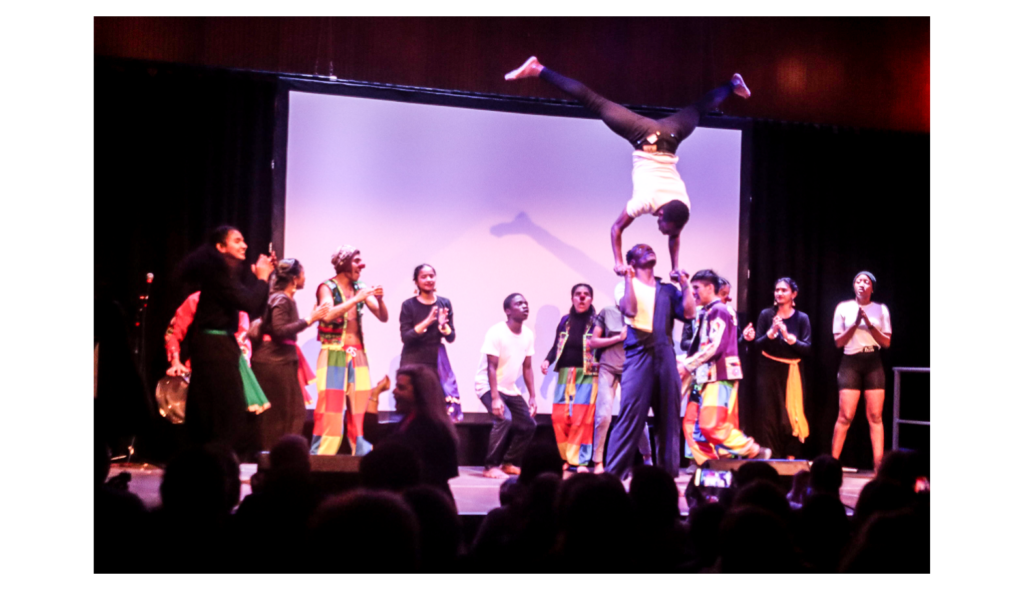 Am Samstagabend, dem 4. November, drehte sich alles um das lang erwartete fulminante Finale der KinderKulturKarawane. Der große Saal im … Weiterlesen: Das Finale 2023 und Ausblick auf 2024
Am Samstagabend, dem 4. November, drehte sich alles um das lang erwartete fulminante Finale der KinderKulturKarawane. Der große Saal im … Weiterlesen: Das Finale 2023 und Ausblick auf 2024 - Gruppen 2024
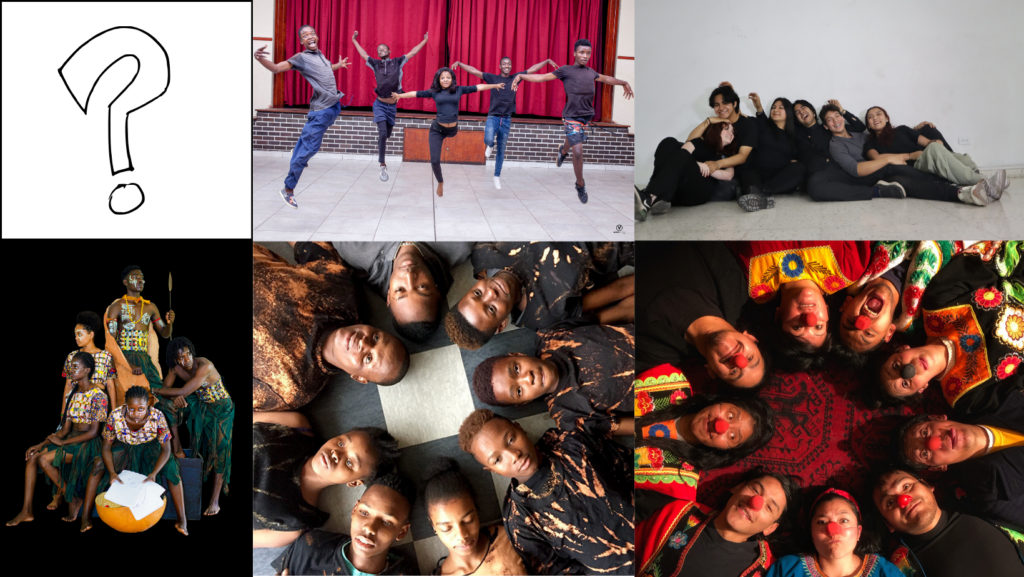 Jetzt ist es offiziell: Wir freuen uns sehr schon jetzt fünf der sechs Gruppen, die im nächsten Jahr zur KinderKulturKarawane … Weiterlesen: Gruppen 2024
Jetzt ist es offiziell: Wir freuen uns sehr schon jetzt fünf der sechs Gruppen, die im nächsten Jahr zur KinderKulturKarawane … Weiterlesen: Gruppen 2024 - Creactiv gewinnt Transfer-Preis des GDV
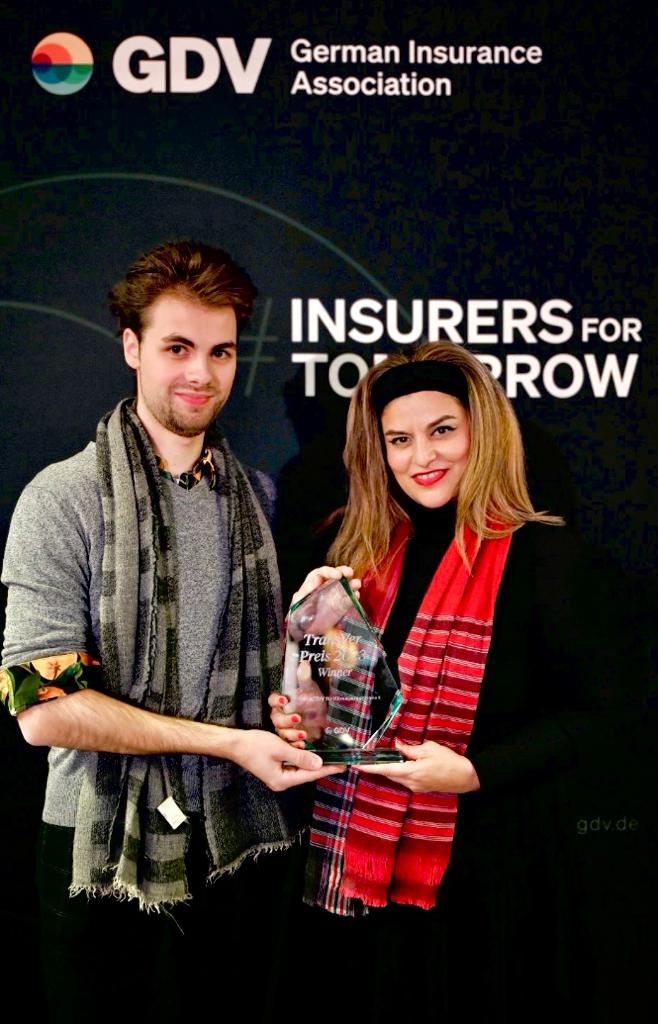 Am vergangenen Mittwoch dem 08.11.2023 wurden wir in Berlin mit dem diesjährigen TransVer-Preis des Gesamtverbandes der Versicherer für unser Projekt … Weiterlesen: Creactiv gewinnt Transfer-Preis des GDV
Am vergangenen Mittwoch dem 08.11.2023 wurden wir in Berlin mit dem diesjährigen TransVer-Preis des Gesamtverbandes der Versicherer für unser Projekt … Weiterlesen: Creactiv gewinnt Transfer-Preis des GDV
für Nachhaltige Entwicklung (SDGs) der Vereinten Nationen.
Kostenfreie E-Learning Materialien & ein Toolkit zu den SDGs gibt´s unter: CULPEER4Change
Newsletter







